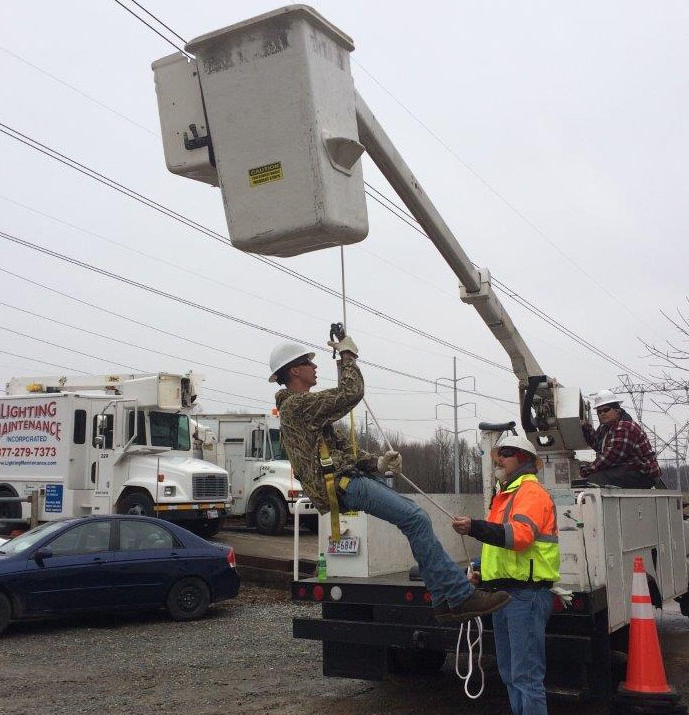bucket truck rescue training

For those who remember the program “Emergency!” the firefighters of L.A. Station 51 regularly had to rescue workers from industrial sites. Sometimes these would be electricians stuck high on power lines or heart attack victims caught at the top of refinery towers. Regardless, the rescues where intense and dangerous for both the firefighters and the victims. Yet, much of the tension was eased thanks to the amount of training these rescuers received.
Today, especially in Texas, rescues are not taken care of by the local fire department. Instead, industrial rescue teams are constantly trained to assist in either rope or bucket truck. In fact, workers must complete bucket truck rescue training, among others, to be OSHA compliant under 1910.269. This is not done by reviewing videos and passing a certification test. You need to work with qualified trainers in order to reach the necessary levels.
Organizations like Texas Rope Rescue work in the industrial world to help facilitate training. The goal of these companies is to teach the basics of rescue to the point teams assigned to this task have mastered rope rescue, bucket truck rescue, and everything in between. For places with confined spaces, such as a refinery, confined space training is offered. In conjunction with this, rescue companies should provide OSHA training in order to understand the many health and safety codes in your business.
There are a couple of items to look for when you decide to implement this training. One of these is if they offer on-site classes. On-site training works best because it can relax the students and help them work better as a team. Another thing to check is the customization of the classes. If it’s a one-size-fits-all operation, then this might work for your organization. You want a company which can fit the class into your environment and the amount of students who plan to attend.
Finally, do your research by speaking to other firms in the area. Find out who performed classes for their on-site rescue teams and how well they did to prevent their personnel for emergencies. Don’t let your gut or budget guide you to a company which is not OSHA compliant or has a basic program. Down the line, the lives of your employees will depend on the right decision.